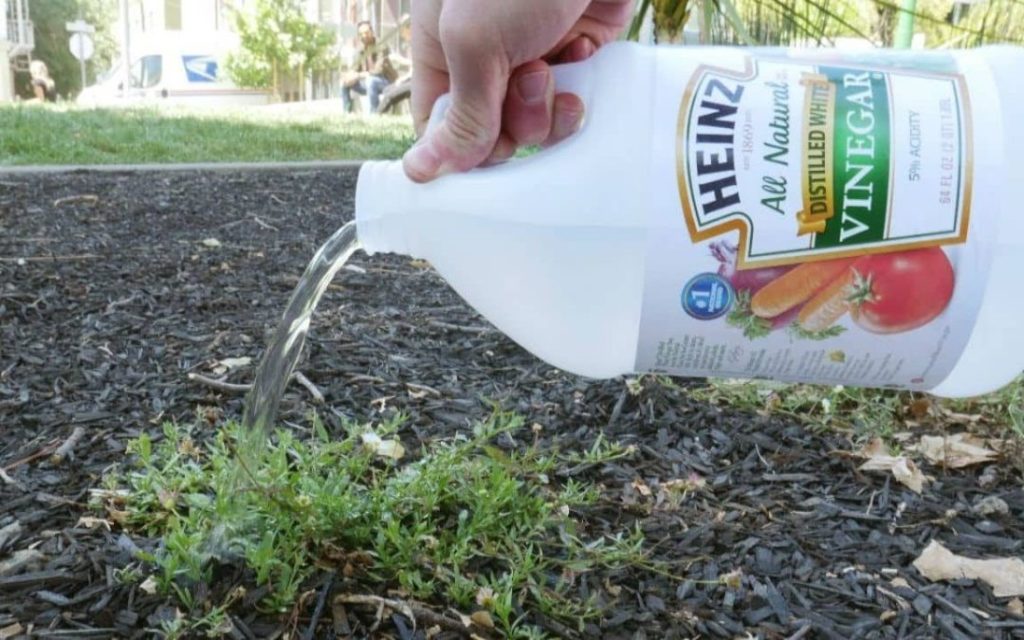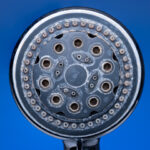With growing concern over energy-efficiency, pollution, and the overall state of our environment, you already may be using eco-friendlier cleaning products while ramping up your reduce/reuse/recycle activities. But do those efforts fall short when it comes to caring for your lawn and garden? They don’t have to!
Before turning to chemical-filled, toxic weed killers that eventually work their way into our soil and waterways, try these natural, non-destructive ways to get rid of pesky weeds.
Pull them out by hand.
If you don’t mind getting your hands a little dirty, you can tackle those weeds the old fashioned way. Be sure to wear a dedicated pair of gardening gloves so you don’t transfer seeds elsewhere. Loosen the weed roots from the soil and pull them out by the root to prevent regrowth.

Use boiling water to scald weeds.
Wearing long pants and close-toed shoes, grab a kettle of boiling water (with hot pads, of course), and carefully pour a steady stream onto the crown of each weed. Some tougher varieties may need extra applications.
Sprinkle weeds with corn gluten meal. This natural substance keeps seeds from germinating and growing into plants. Hold off on using corn gluten meal in your garden until your plants are fully established.
Cover planting areas with mulch. Not only does mulch add a richer look to your property, it keeps sunlight from reaching weed seeds beneath the surface. Plus, it retains moisture and enriches your soil.
Recycle your newspapers. Before laying down mulch, wet the soil and then lay down a thick layer of old newspapers. Wet the area once more before applying mulch. The newspapers will smother weeds and prevent new ones from sprouting.
Add a pinch of salt. A pinch of table salt placed at the base of each weed plant is an effective weed-killer. But because salt renders soil uninhabitable for a few months, this solution is best suited for spaces between sidewalks, patio pavers, and anywhere grass or plants don’t grow.
Make your own herbicidal soap. Mix equal parts dish soap, salt, and vinegar into a spray bottle and apply to those pesky weeds, avoiding any plants you don’t want to lose.
Spray with distilled white vinegar. Use a clean spray bottle to apply this natural herbicide to weeds. However, be careful not to contaminate nearby plants. Just like any other natural herbicide, vinegar can’t distinguish between weeds and your “keepers”. Choose a sunny morning with little to no wind for best results.
Here at Norhio Plumbing, we’re constantly amazed by new and innovative ways for all of us to live greener lifestyles. We have multiple means at our disposal, too…and the list just keeps growing. From tankless water heaters to low-flow showerheads and so much more, contact Norhio Plumbing today to learn how to conserve water and other natural resources without sacrificing comfort and convenience.









Leave a Reply